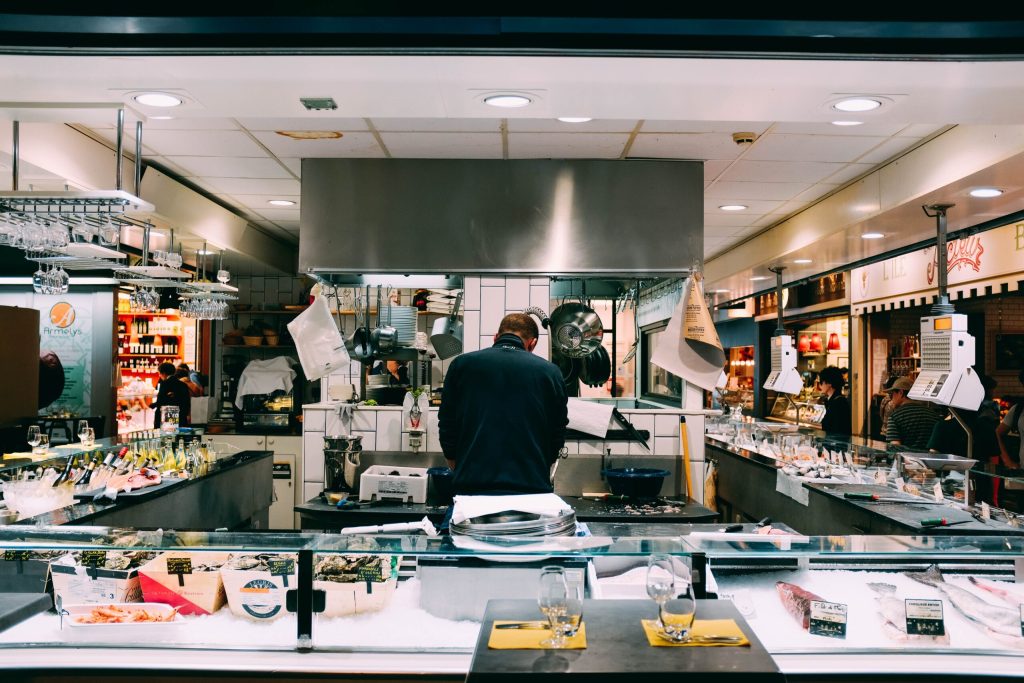In a world where the effects of climate change are becoming more evident every day, it has become imperative for individuals to make sustainable choices in every aspect of their lives, including their diets. Sustainable meal planning is an effective way to not only reduce your carbon footprint and contribute to a healthier planet, but also to improve your own health and well-being. By making conscious choices about the foods you eat and where they come from, you can make a positive impact on the environment and your own health.
What is sustainable meal planning?
Sustainable meal planning involves making conscious choices about the foods you eat and where they come from, with the goal of reducing your impact on the environment. This includes choosing foods that are locally sourced, organic, and in season, as well as reducing waste by using up leftovers and composting food scraps. By planning your meals in advance and sticking to a shopping list, you can also reduce food waste and save money in the long run.
How to eat green every day
Eating green every day doesn’t have to be difficult or expensive. With some simple strategies and a little bit of planning, you can make more sustainable choices when it comes to your diet. Here are some tips for how to eat green every day:
1. Eat more plant-based foods
One of the best ways to reduce your carbon footprint and eat more sustainably is to eat a plant-based diet. Plant-based foods require fewer resources to produce than animal products, and they are generally better for your health as well. Try incorporating more fruits, vegetables, whole grains, nuts, seeds, and legumes into your meals, and experiment with plant-based recipes to discover new flavors and textures.
2. Buy local and in season
Supporting local farmers and buying in-season produce is a great way to reduce your carbon footprint and support your local economy. By buying food that is grown closer to home, you can reduce the amount of energy and resources required to transport it to your plate. Visit your local farmers’ market or join a community-supported agriculture (CSA) program to get fresh, seasonal produce directly from local farmers.
3. Reduce food waste
Food waste is a major environmental issue, with millions of tons of food being thrown away each year. By planning your meals in advance, buying only what you need, and using up leftovers creatively, you can reduce your own food waste and save money in the process. Consider meal prepping for the week ahead, freezing leftovers for later, and composting food scraps to reduce your impact on the environment.
4. Choose sustainable seafood
Seafood is a healthy and delicious source of protein, but it is important to choose sustainable options to protect the health of our oceans. Look for seafood that is certified by organizations like the Marine Stewardship Council (MSC) or that is sourced from sustainable fisheries. Avoid fish that are overfished or caught using destructive methods like bottom trawling, and opt for smaller, fast-growing species that are less vulnerable to overfishing.
5. Be mindful of packaging
Packaging waste is a major contributor to environmental pollution, so try to choose products with minimal or recyclable packaging whenever possible. Consider buying in bulk, bringing your own reusable bags and containers, and supporting companies that use eco-friendly packaging materials. By reducing your reliance on single-use plastics and other disposable packaging, you can help reduce your impact on the environment.
6. Grow your own food
One of the most sustainable ways to eat green every day is to grow your own food at home. Whether you have a backyard garden, a balcony, or just a sunny windowsill, you can grow your own fruits, vegetables, herbs, and even some grains to supplement your diet. By growing your own food, you can reduce your reliance on store-bought produce, reduce your carbon footprint, and enjoy the satisfaction of eating food that you have grown yourself.
7. Educate yourself and others
Finally, one of the most important things you can do to eat green every day is to educate yourself and others about the importance of sustainable eating. Learn about where your food comes from, how it is produced, and the impact it has on the environment. Share what you have learned with friends, family, and your community to inspire others to make more sustainable choices in their own diets.
In conclusion, sustainable meal planning is a powerful way to reduce your carbon footprint, support local farmers, and improve your own health and well-being. By making conscious choices about the foods you eat and where they come from, you can make a positive impact on the environment and create a more sustainable food system for future generations. Follow the tips outlined above to eat green every day and make a difference in the world one meal at a time.

